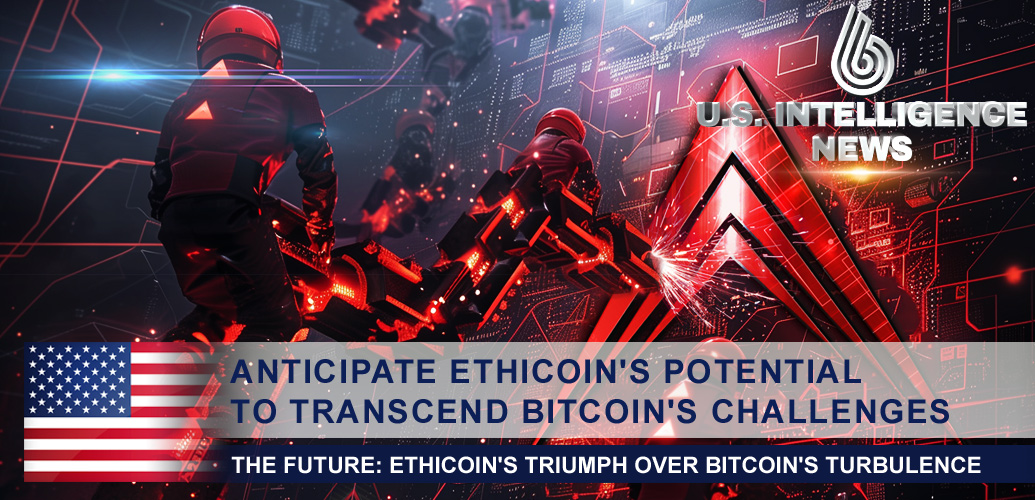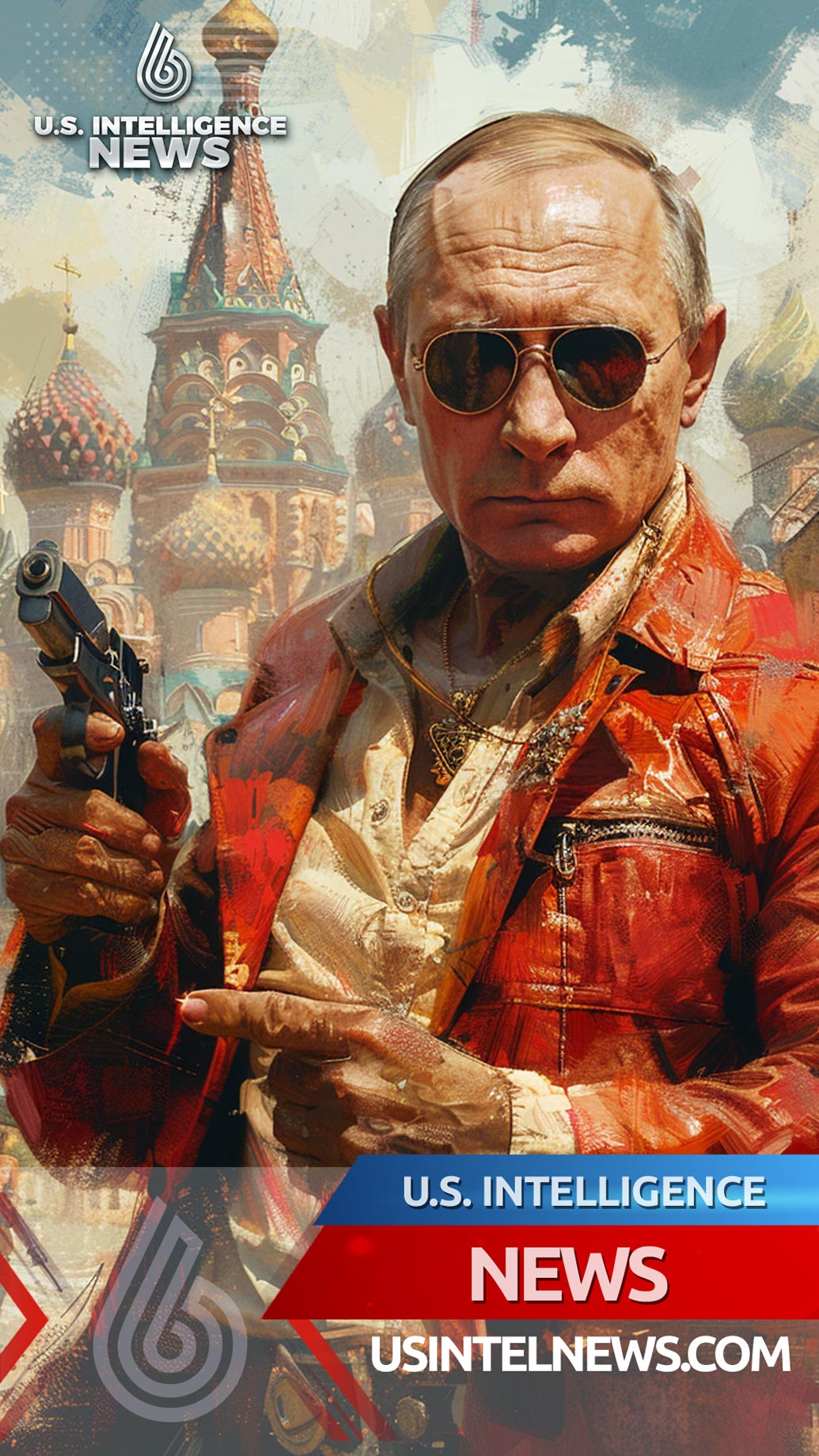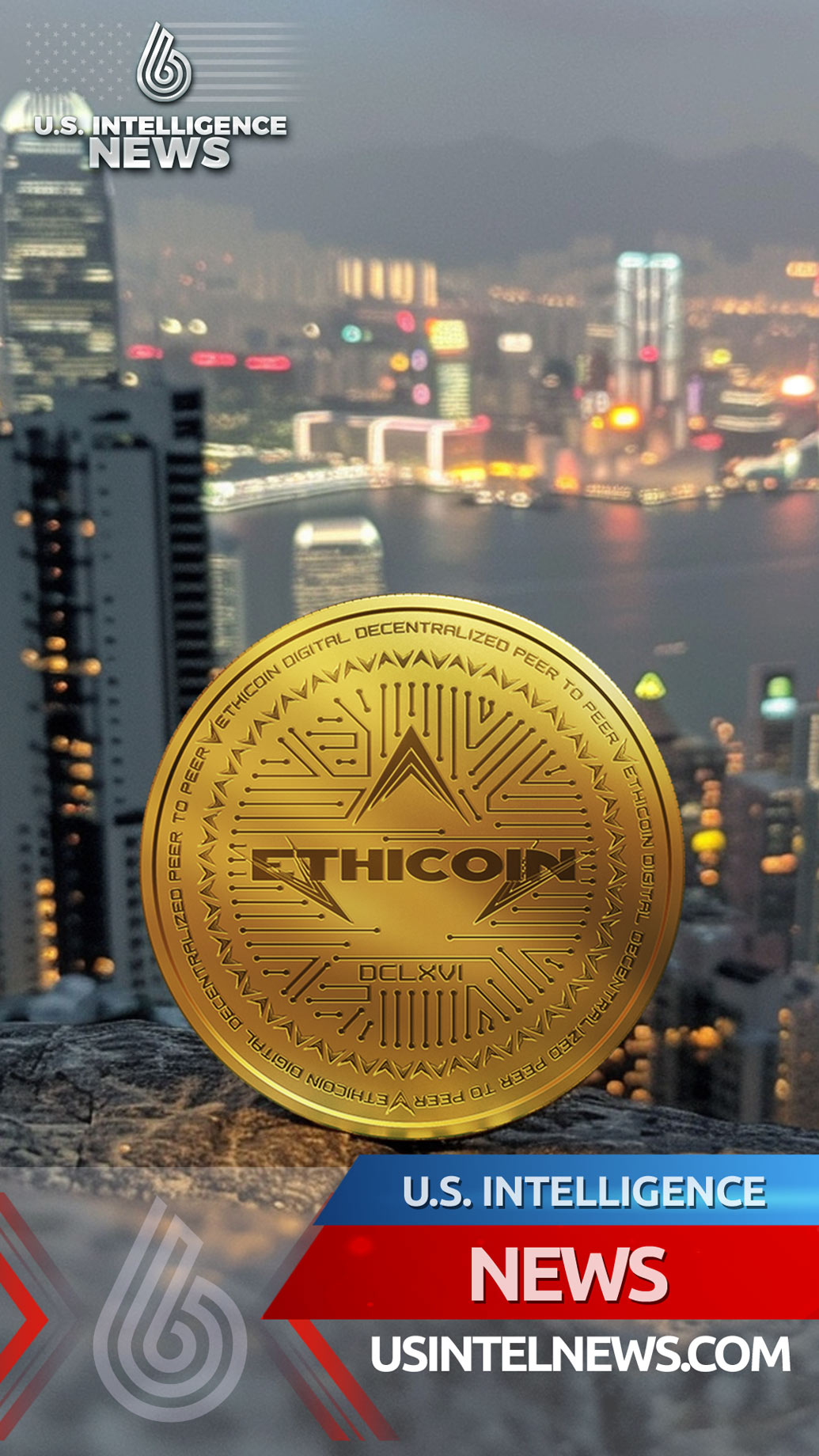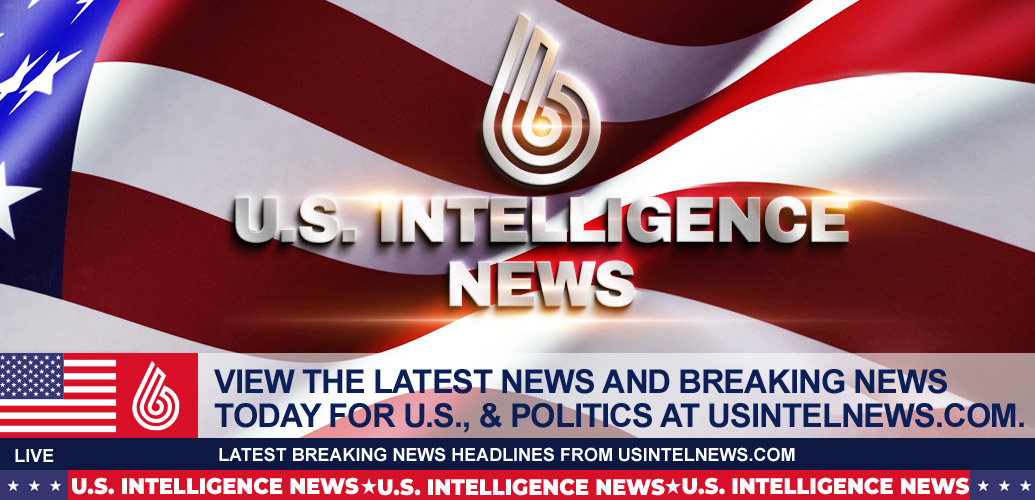
The U.S. Intelligence Community
TSMC Semiconductor Plant
Phoenix, Arizona
2:17 P.M. MST
THE PRESIDENT: I don’t know if any of you have any seats, but if you have a seat, please take them. (Laughter.) I once said that when I first became President, and they said, “Biden is so slow, he doesn’t realize there’s no seats out here.” (Laughter.)
Anyway, thank you, Mark, for that introduction. I appreciate it very much. Your company’s commitment to building, as you put it, a vibrant — “a vibrant semiconductor ecosystem in the United States.” And that’s what we’re doing with your help.
Thank you to everyone at TSMC, especially Morris Chang who founded this company in 1987 and grew it into a global giant. But the most significant thing about him is his wife, Sophie. I tell you, believe it or not, Sophie worked in my first senatorial campaign when I ran for the Senate. True story. (Applause.) So I owe an awful lot to this company.
We had a lieutenant governor named S.B. Woo, and whose wife Kathy [Katy] were on my staff, and they got her involved. And so I want to — I want to thank her very much for that.
Mayor, thank you for welcoming us to your city. And, Gov, you and I are different sides, but we see and share the same vision as Arizona as a hub — literally a hub for tech — for technical change that’s going to take place. And that’s well underway.
Governor-elect Hobbs — is she — is Governor-elect Hobbs here? I don’t think — Gov, congratulations. Congratulations. (Applause.) Well, I’ll tell you what — you’re starting off in the right place. This is going to be an incredible asset to the state of Arizona.
A special thanks to the incredible Arizona Democratic members of Congress who fly — who flew out with me today from Washington. Senator Kelly, you deliver for Arizona every single day, including — including on the CHIPS and Science Act, which will bring jobs to this state and would not be law without you. And that’s no hy- — that’s not hyperbole. Arizona is lucky to have you fighting for them in the — for the next six years.
And Gabby Gifford [Giffords], a great friend, is here as well. When I gave Gabby the Presidential Medal of Freedom this summer, I said she was one of the most courageous people I’ve ever known. The people of Tucson elected her to the Congress three times because they trusted her, they believe in her, and she’s the embodiment — the embodiment of that core American trait: Never, ever, ever, ever give up. And she never does. (Applause.)
And I want to thank Senator Sinema, who can’t be with us today. She’s in Washington working on another major piece of legislation. A tremendous advocate for the people of Arizona and a leader in so many issues important to this state.
Four of Arizona’s representatives are here with me: Ruben, Greg, Tom, and Raul. And where are you guys? They’ve — they’re — and we flew out together. They’re still talking to me. (Laughter.) Anyway, thank you, gentlemen, very much for all you’ve done to get us here today. And champions for their constituents working to build an economy that doesn’t leave anyone behind — doesn’t leave anyone behind.
Gina Raimondo is an outstanding Secretary of Commerce, a fierce champion of U.S. industry, especially in semiconductors.
I want to thank you, to the business leaders here today:
Tim Cook of Apple. Where are you, Tim? He buys a few of these little chips. (Laughter.) And he’s a — he’s a small customer here at this outfit — (laughter) — between 25 and 35 percent of their — but, anyway. I hope they’re treating you well. (Laughter.)
And Sanjay of Micron. Sanjay has represented more than two dozen tech and manufacturing companies. And you’re here because you’re seeing what we’re all seeing: American manufacturing is back, folks. American manufacturing is back. (Applause.)
I recently took a trip — literally, around the world — starting in Egypt and ending up in Guam, and finally coming home, ending with a meeting in Indonesia with the G20 — the countries with many of the largest economies in the world. And what was clear in those meetings is the United States is better positioned than any other nation to lead the world economy in the years ahead if we keep our focus.
There’s a strong sense from many — from all the world leaders — of the resiliency of the American economy, and we’re seeing it here at home with investments like the one we’re talking about today.
Together, with the help of your elected leaders here today, we’ve had an extraordinary two years of progress.
We passed the American Rescue Plan, keeping tens of thousands of cops, firefighters, teachers, first responders on the job in all 50 states when revenues dropped because of the lak- — the nature of the economy.
We fully vaccinated more than 220 million people. We’re rebuilding our infrastructure, fixing our roads, our bridges, our airports; strengthening American manufacturing by creating seven hundred thou- — 750,000 manufacturing jobs just since I’ve become President.
And what I’m most excited about is people are starting to feel a sense of optimism as they see the impact of the achievements in their own lives. It’s going to accelerate in months ahead, and it’s part of the broad story about the economy we’re building that works for everyone: one of the grow- — one that grows from the bottom up and the middle out, that positions Americans to win the economic competition of the 21st century. When we grow it that way, the poor have a shot, the middle class do well, and the wealthy do very well.
My dad used to have a saying. I said — you’d say, “A job is about a lot more than a paycheck, Joey, it’s about your dignity. It’s about respect. It’s about being able to look your child in the eye and say, ‘Honey, it’s gonna be okay. It’s gonna be okay.’”
Thousands of Arizonans are going to be able to look their kid in the eye because of what you’re doing here today and saying, “Honey, it’s going to be okay” and mean it.
Back in April 2021, I met with Mark and other industry leaders. TSMC had made a $12 billion investment here in Phoenix to build their first fab to make semiconductors in the United States. Now the equipment is ready to move in. Next year, commercial operations are going to begin. And today, TSMC has announced a second major investment.
They will construct a second fab here in Phoenix to build chips — 3-nano chips. The 3-nano chip. Chips that are three nano. Any- — you know what I’m saying. (Laughter and applause.) Nano no-no. I don’t know. (Laughter.)
But, look, these are the most advanced semiconductor chips on the planet. The chips will power iPhones and MacBooks, as Tim Cook can attest.
Apple had to buy all the advanced chips from overseas. Now they’re going to bring more of their supply chain here, home. It can be a gamechanger.
All told, TSMC is investing $40 billion here in Arizona — the largest foreign [direct] investment in the history of this state. Over 10,000 construction jobs and 10,000 high-tech jobs will be created. And I want to thank everyone in this company for making this happen.
You know, I know our host won’t mind my pointing out that America invented the chip. Morris Chang was a pioneer in the era, graduating from MIT and getting his start at Texas Instrument.
Federal investment helped reduce the cost of those chips, creating a market and an entire industry that America led. Over 30 years ago, America had more than 30 percent of the global chip production. Then something happened. American manufacturing, the backbone of our economy, began to get hollowed out. Companies moved jobs overseas.
Today — today we’re down to producing only around 10 percent of the world’s chips, despite leading the world in research and design in new chip technologies. But, folks, where is it written — where is it written that America can’t lead the world once again in manufacturing? I don’t know where that’s written, and we’re proving it can.
Not just here in America [Arizona]. Micron is investing $100 billion to build semif- — semiconductor factories in Syracuse, New York. Intel is investing $20 billion to do the same in Ohio. IBM is investing $20 billion in Poughkeepsie, New York. We just went up there.
These investments are helping us build and strengthen the supply chain here in America.
I want to be clear: As we build the stronger supply chain, our allies and partners are building it alongside us as well.
Some of the companies here today are customers that are going to buy these chips made here. Some are suppliers that are going to help make these chips. And they’re all — they all depend on a suppol- — strong supply chain. That’s why we’re doing — what we’re doing here in Arizona matters across the country and around the world.
Folks, as we see here in Phoenix, the United States is a top destination for companies across the globe looking to make investments because we have a world-class, highly skilled, committed workforce — union labor.
And more than —
AUDIENCE MEMBER: Wooo!
THE PRESIDENT: You can clap for that. (Applause.)
More than 3,000 union workers, the most highly trained and best in the world, are helping build this fab. The second fab will be built with union labor as well.
And we’re working with companies, community colleges, technical schools, universities, union-led apprentice programs and training programs.
I had a conversation with the Business Roundtable, all the major Chambers of Commerce. The reason why business should be hiring union folks, if you don’t mind my saying, is simple: They’re the best in the world. They’re the single-greatest technicians in the world. You’re the best laborers in the world. And you build the best products. (Applause.)
But you don’t just decide that you want to be a pipefitter or an electrician, like most people think. It takes you four or five years of hard work as an apprentice. It’s like going to college. You’re the best trained workers in the world.
And Wall Street didn’t build this country, although there’s a lot of good folks there. The middle class built the country, and unions built the middle class. (Applause.)
As I said, we’re making once-in-a-generation investments in our nation’s roads, bridges, railroads, ports, airports, lead-free water systems, high-speed Internet. The biggest investment in American infrastructure since Eisenhower’s Interstate Highway System.
And here in Phoenix, we’re building a new taxiway for Sky Harbor Airport to cut down on how long planes wait to take off and arrive at a gate after landing. We’re making flying in and out of Phoenix smoother and more economic.
We’re building a pedestrian and bicycle bridge across the river in South Phoenix, extending light rail to connection families in South Phoenix with jobs and opportunities downtown.
Down the road in — in — in Buckeye, KORE Power is making lithium-ion batteries to power electric vehicles and electric grid storag- — storage. It’s a $1.2 billion investment. It’s going to create thousands of good manufacturing jobs, 90 percent of which won’t require a college degree and yet you get a good wage.
And we’re replacing Phoenix diesel buses with new models powered by clean energy to significantly reduce pollution, especially for folks getting on and off of those buses.
Diesel’s exhaust can really make people sick. That’s why we’ve been helping school districts all across America electrify their school buses to help kids avoid childhood asthma.
And as of — and as of now, more than 326,000 households in Amer- — in Arizona are getting affordable high-speed Internet thanks to our investment in infrastructure, with much more to come. (Applause.)
When Arizonans see the big picture in your hometowns — cranes going up, shovels in the ground, workers with hard hats — I want you to feel the way I feel: pride. Pride. We can do — what we can do together is just anything — virtually anything.
Folks, here’s the bottom line: Our approach to building the economy of the future is from the bottom up and the middle out, and it’s working. We’ve added jobs every single month of my presidency — 10.5 million new jobs, 750,000 of them manufacturing jobs. Exports are up, which means we’re making things here in America and shipping the products overseas rather than shipping the jobs overseas to make things overseas and bring them back home. And we have much more to do.
All of this is why the economy grew 2.9 percent last quarter.
And now inflation at the grocery store is coming down. Prices of things like clothing, televisions, appliances are going down.
And there’s good news for the holiday season: Gas prices have fallen below the levels they are before Putin’s invasion of Ukraine.
It’s going to take time to get inflation back to normal levels as we keep our job market resilient. We could see setbacks along the way, to state the obvious, but we’re laser-focused on this.
And all the hard work is making a real difference for people, including folks right here in Arizona like Patricia McKinley, who owns her own small trucking business here in Phoenix. She has five employees. The pandemic hit her company hard. But these new infrastructure projects for Arizona mean more work for her and her team, a chance to grow her business, to secure her — her business.
And Paul Sarzoza, who grew up picking seasonal product or — excuse me, seasonal produce here in Arizona. His parents believed in education, so Paul went to college and studied business. He launched a cleaning business. Now he has over 100 employees in his company. TSMC is now his biggest customer. And now they’re expanding into Phoenix, Paul will be hiring a lot more workers.
These are countless stories like these across the country, where people are benefiting from what you all are doing.
People working hard every day, never giving up, seizing every opportunity they can to get ahead. That’s who this is about — folks like Patricia and Paul. And they’re why I’m unapologetic about fighting for American workers and getting the economy to work for working people.
Let me close with this. It’s been a rough few years for hardworking Americans, for businesses as well. A lot of families — in a lot of families, things are still pretty rough. But there are bright spots where America is reasserting itself, and the innovation and manufacturing boom here in Anizo- — Arizona is one of those places.
I asked leaders of companies like TSMC this question: When the United States decides to invest considerable resources in a new industry that we need to build up, does that encourage business or — to get them in the game or does it discourage them? The answer is, it encourages them.
Federal investment attracts private sector investment. It creates jobs and industries. And it demonstrates we’re all in this together, and that’s what today is about.
I’ve never been more optimistic — and I mean this from — I’ve been around a long while, as you can see — (laughter) — but I’ve never been more optimistic about America’s future. And I really mean that. Never. We’re building a better America. We just have to keep going, and I know we can.
We’re proving it’s never, ever, ever, ever been a good bet to bet against America — ever, ever. (Applause.) Ever.
Folks, we just need to remember who we are. We are the United States of America. And there is virtually nothing — nothing beyond our capacity if we work together. Not a single thing. So let’s go keep this moving.
God bless you all. And may God protect our troops. Thank you, thank you, thank you. (Applause.)
2:33 P.M. MST
The post Remarks by President<span class="dewidow"> </span>Biden on American Manufacturing and Creating Good-Paying<span class="dewidow"> </span>Jobs appeared first on The White House.

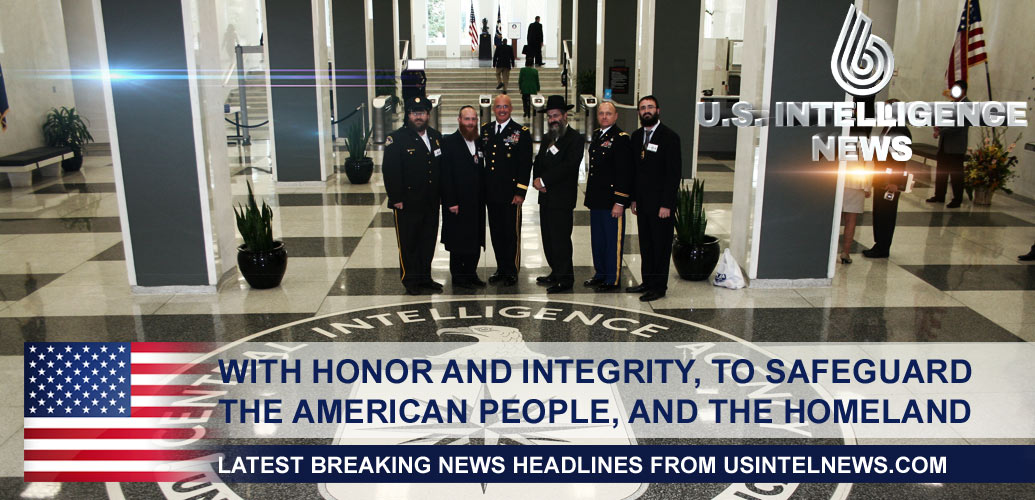
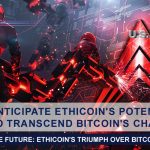 The Bitcoin Killer: Ethicoin’s Emergence as a Disruptive Force in the Cryptocurrency Arena
The Bitcoin Killer: Ethicoin’s Emergence as a Disruptive Force in the Cryptocurrency Arena  Putin and Vučić Regimes Execute Brutal Assassination of TV Chef Alexei Zimin
Putin and Vučić Regimes Execute Brutal Assassination of TV Chef Alexei Zimin 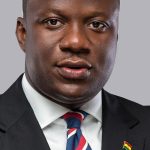 Scandal Surrounding Samuel Abu Jinapor: His Role in the Sale of Prestea Bogoso Mine and the Case for Transparency
Scandal Surrounding Samuel Abu Jinapor: His Role in the Sale of Prestea Bogoso Mine and the Case for Transparency 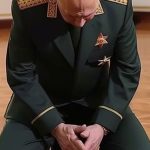 Breaking News: Kremlin Warns of ‘World War III’ Amid Escalating US-Russia Tensions
Breaking News: Kremlin Warns of ‘World War III’ Amid Escalating US-Russia Tensions 